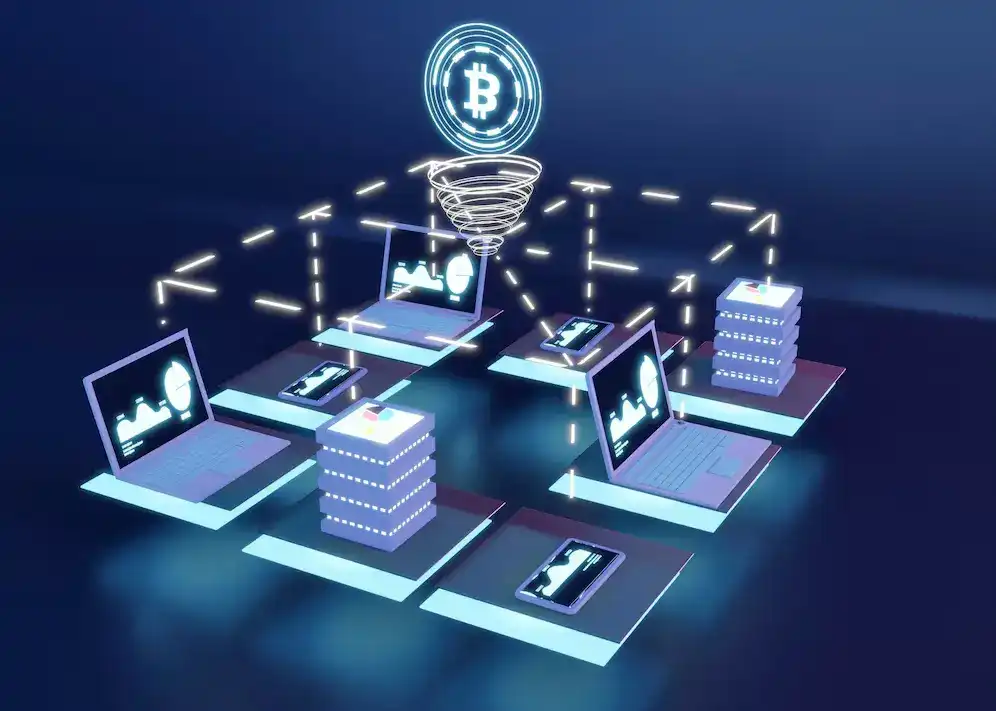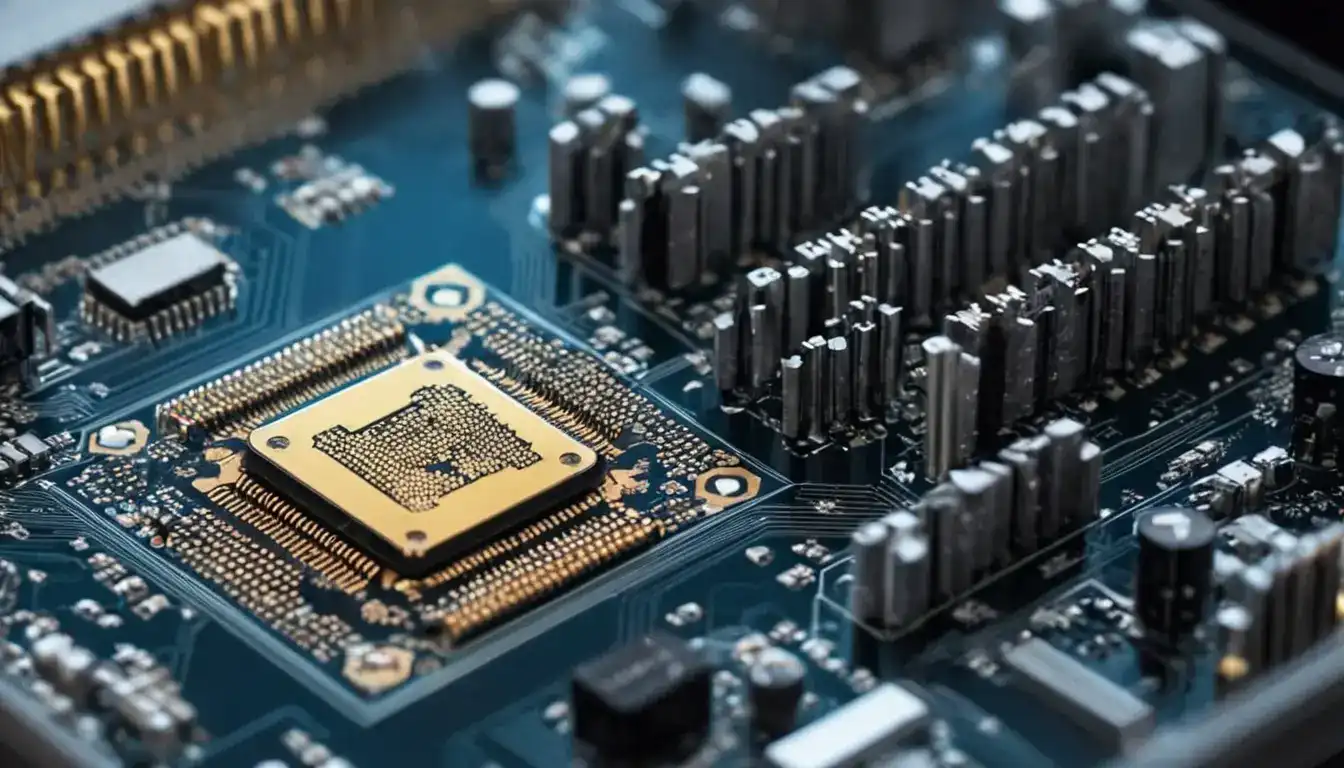Innovation Economy Drives Growth
Emily Willis

Photo: Innovation Economy Drives Growth
The search results provide a wealth of information to construct a comprehensive article on the innovation economy. I have data on:
- Definition and Characteristics: Knowledge, entrepreneurship, technology, collaboration, R&D investment, dynamic ecosystems, skilled workforce, global connectivity, new business models, and leveraging data are key.
- Benefits: Creates new markets, improves existing ones, spawns new industries, increases economic stability, job creation, increased market share, productivity, and profitability.
- Key Drivers/Components:
- Technology: AI, ML, digitalization, automation, 3D printing.
- Entrepreneurship: Encouraging risk-taking and creative solutions.
- Research & Development (R&D): High investment is crucial.
- Human Capital: Skilled workforce, education, training, continuous learning, collaboration.
- Government Policies: Tax incentives for R&D, grants, free trade, skilled migration, STEM training, innovation hubs, public-private partnerships, public procurement.
- Collaboration/Ecosystems: Networks of academic institutions, government, private sector.
- Successful Examples/Case Studies:
- Countries: Switzerland, Singapore, Israel, Sweden, USA, South Korea, Finland, Netherlands, Germany, UK.
- Regions/Clusters: Silicon Valley, Boston's Route 128, Research Triangle (NC), Tel Aviv, Bangalore, San Diego.
- Specific policies: Malaysia's national transformation strategy.
- R&D and GDP Link: Generally accepted that R&D drives growth, though some studies suggest a broken link in specific periods due to R&D productivity decline or outsourced R&D.
- Industries: High-tech, manufacturing, renewable energy, online retail, IT, life sciences, cybersecurity, clean tech.
I have enough information to proceed with writing the article, ensuring I integrate keywords, use varied sentence structures, and provide actionable insights. I will also include a strong conclusion and an FAQ section.
The Innovation Economy: Fueling a New Era of Global Growth
In an ever-evolving world, one concept consistently emerges as the bedrock of progress and prosperity: the innovation economy. This isn't merely a buzzword; it's a profound paradigm shift where new ideas, cutting-edge technologies, and groundbreaking business models are the primary catalysts for economic growth and societal advancement. For individuals, businesses, and nations alike, understanding and actively participating in this dynamic landscape is no longer optional, but essential for future success.
Gone are the days when tangible assets alone defined economic power. Today, the true measure of value lies in intangible assets – the ingenuity, creativity, and intellectual capital that drive continuous transformation. From the rise of digital giants owning no physical inventory to the rapid deployment of AI-powered solutions, the innovation economy is redefining how we create, distribute, and consume value, fostering a future of unprecedented opportunities.
What Defines an Innovation Economy?
At its core, an innovation economy is characterized by a relentless pursuit of novelty and efficiency. It's an ecosystem where the generation, application, and commercialization of new ideas, products, and services are paramount. Several key characteristics distinguish this economic model:
- High Investment in Research and Development (R&D): Nations and companies within an innovation economy dedicate significant financial resources to exploring new frontiers and developing cutting-edge technologies. This sustained investment is a direct driver of technological breakthroughs and increased productivity. For instance, countries like Israel and South Korea allocate over 4% of their GDP to R&D, significantly more than many other developed nations, signaling their commitment to fostering innovation.
- Dynamic Ecosystems: True innovation thrives in interconnected environments. This involves a robust network of academic institutions, government agencies, and private sector entities that collaboratively foster innovation. Think of vibrant technology hubs where universities, startups, and established corporations interact, sharing knowledge and resources to accelerate development.
- Skilled and Adaptable Workforce (Human Capital): A labor market rich in technical and innovative skills is indispensable. This requires strong educational institutions, continuous professional development, and a culture that values lifelong learning. Employees with higher education and ongoing training are better equipped to recognize and act on innovative opportunities.
- Global Connectivity and Collaboration: Innovation economies are rarely insular. Strong ties with international markets and global collaboration ensure that innovations can scale and have a worldwide impact, attracting investment and expanding market reach.
- Emphasis on Entrepreneurship: An innovative economy thrives on entrepreneurial spirit, encouraging individuals to take calculated risks and find creative solutions. This ranges from small business owners disrupting local markets to visionary founders creating entirely new industries.
- Leveraging Data and Analytics: The collection and analysis of vast amounts of data are essential to inform innovation strategies, enabling businesses to make data-driven decisions and identify areas for improvement.
- New Business Models: Beyond new products, the innovation economy embraces novel ways of delivering value, such as subscription-based services or mobile-first platforms, which allow companies to remain competitive and expand their market share.
How Innovation Fuels Economic Growth
The mechanisms through which innovation drives economic growth are multifaceted and profound.
1. Job Creation and New Industries
Innovation is a powerful engine for job creation. As new technologies emerge and new business models take hold, entirely new industries are born, demanding specialized skills and creating diverse employment opportunities. Consider the rise of the internet, which spawned countless jobs in web development, e-commerce, digital marketing, and cybersecurity, none of which existed in their current form a few decades ago. Even traditional sectors like manufacturing are transforming, adopting advanced robotics and automation, which, while changing the nature of work, also create demand for skilled engineers and technicians.
2. Enhanced Productivity and Efficiency
Technological advancements, a hallmark of the innovation economy, lead to significant improvements in productivity and efficiency across all sectors. Automation, artificial intelligence (AI), and machine learning (ML) enable businesses to streamline operations, reduce costs, and produce more with fewer resources. This increased efficiency translates directly into higher profitability for businesses and, on a macro level, contributes to overall economic output and competitiveness. For example, 3D printing is reducing prototyping costs and accelerating production in manufacturing, demonstrating how innovation directly impacts efficiency.
3. Market Expansion and Global Competitiveness
By creating new products and services, innovation opens up entirely new markets and expands existing ones. Companies that embrace digital technologies can reach new audiences globally, increasing their market share and brand recognition. This global reach fosters international trade and strengthens a nation's position in the global economy. Countries that consistently rank high in innovation, such as Switzerland, Sweden, and the United States, often do so because of their robust tech industries, world-class research institutions, and a culture that supports entrepreneurship.
4. Attracting Investment
A vibrant innovation ecosystem naturally attracts both domestic and foreign investment. Venture capital flows into promising startups, and established companies invest in R&D, fueling further growth and technological advancement. This cycle of innovation and investment creates a positive feedback loop, accelerating economic development.
The Pillars of an Innovation-Driven Economy
Building and sustaining a thriving innovation economy requires concerted effort from various stakeholders.
a. Government Policies and Support
Governments play a crucial role in cultivating an environment conducive to innovation. Effective policies can significantly boost R&D, entrepreneurship, and skill development.
- R&D Tax Incentives and Grants: Financial support, such as tax credits for R&D expenses and direct grants, can mitigate the risks associated with innovation, making it more attractive for businesses and individuals to invest in new ideas. Studies show that reducing the price of R&D by 10% can increase investment in innovation by 10% in the long run.
- Investment in Education and STEM Training: Promoting STEM (Science, Technology, Engineering, and Mathematics) education and providing training programs for entrepreneurs ensures a continuous supply of skilled talent. Many governments also support skilled migration to address talent gaps.
- Creation of Innovation Hubs and Clusters: Strategic initiatives like establishing innovation hubs concentrate talent, resources, and information, fostering a positive feedback cycle of economic progress. Silicon Valley, Boston's Route 128, and Tel Aviv are prime examples of successful regional innovation ecosystems.
- Public-Private Partnerships (PPPs): Collaboration between the public and private sectors maximizes strengths, allowing for shared risks and resources in large-scale innovation projects.
- Supportive Regulatory Environment: Reducing bureaucratic red tape and ensuring strong intellectual property protections can create a more favorable climate for startups and innovative firms.
b. Robust Human Capital Development
As the "stock of knowledge, skills, and other personal characteristics embodied in people," human capital is arguably the most critical input into the innovation process.
- Continuous Learning and Upskilling: In a rapidly changing economy, continuous learning and reskilling
Latest ✨
View All"Education for All" is a fundamental human right. Learn how equitable access to quality learning unlocks a brighter future for everyone.
Emily Willis
Plan your business exit strategy: a roadmap to a successful future. Maximize value, protect your legacy, and ensure a smooth transition.
Emily Willis
Uncover the dynamic relationship between tariffs and global trade patterns. Explore how tariff changes reshape trade flows, impact consumers and businesses, and drive strategic adaptations in supply chains and markets. Discover insights from real-world cases and learn strategies for businesses to thrive in this evolving landscape.
Emily Willis
Cultivate strong, visionary leaders! Learn actionable strategies to drive organizational success, resilience, innovation, and growth.
Emily Willis
Business
View All
June 8, 2025
Process Improvement for Business GrowthStruggling with inefficiencies? Discover how process improvement unlocks sustainable growth, cuts costs, and boosts customer satisfaction. Optimize your operati...
Emily Willis

June 8, 2025
Talent Acquisition: Find the Best PeopleMaster strategic talent acquisition. Go beyond recruitment to identify, attract, & secure top talent that drives innovation & future organizational success.
Emily Willis

June 8, 2025
Choose the Right Legal EntityUnlock your business's potential! Discover how choosing the right legal entity impacts liability, taxes, and capital. A crucial guide for entrepreneurs.
Emily Willis
Economy
View AllUncover the invisible market forces shaping prices & production. Learn how supply & demand drive our economy—essential for consumers & businesses.
Read MoreThe stock market is a crucial component of the global economy, providing a platform for capital formation, investment, and wealth creation. Understanding stock market movements, including bull and bear markets, market volatility, and factors influencing stock prices, is essential for investors, businesses, and policymakers. Economic, financial, and behavioral factors all play a role in shaping stock market dynamics.
Read More2025 Global Economic Outlook: Expect a slowdown, high uncertainty from trade & geopolitics, but watch for tech & climate opportunities.
Read MoreEntertainment
View All
August 5, 2024
Classic Films: Timeless Masterpieces in the Age of StreamingClassic films may seem outdated in today's world of instant gratification and endless streaming options, but they offer enduring stories, masterful storytelling, historical insights, technical innovation, and artistic value that surpass modern offerings. While classic films face challenges such as accessibility and pacing, there are ways to overcome these obstacles, such as using streaming services, visiting local libraries, attending film festivals, and utilizing online resources.
Emily Willis

August 5, 2024
Arts Education's Importance: Nurturing Creativity and Fostering ExpressionArts education is often overlooked in a world focused on standardized tests and STEM subjects, but it plays a vital role in nurturing creativity, self-expression, and essential skills in students. Arts education allows students to unleash creativity, build confidence, improve communication and collaboration skills, develop critical thinking and problem-solving abilities, increase cultural awareness and appreciation, and enhance emotional intelligence.
Emily Willis

August 4, 2024
The Evolution of Digital Distribution in the Music Industry: Challenges and OpportunitiesThe music industry has been transformed by digital distribution, which allows quick access to a vast catalog of music through streaming services and online stores.
Emily Willis
Health
View AllRegular physical activity is crucial for maintaining long-term health and well-being. It has numerous benefits, including improving cardiovascular health, aiding in weight management, enhancing mental health, strengthening bones, boosting immune function, and promoting longevity.
Emily Willis
our minds are often overwhelmed with information and stimuli, leading to stress and anxiety. Mindfulness and meditation offer tools to cultivate inner peace and well-being. Mindfulness involves being present in the moment without judgment, while meditation involves focusing attention on an object or thought.
Emily Willis
Heart disease is a leading cause of death globally, but early detection and prevention strategies can reduce its impact. This article discusses the importance of early detection, common risk factors, preventive measures, and lifestyle changes for heart health. Understanding heart disease, recognizing symptoms, and undergoing regular screenings are crucial. Common risk factors include high blood pressure, high cholesterol, diabetes, smoking, obesity, physical inactivity, and family history. Symptoms of heart disease include chest pain, shortness of breath, fatigue, irregular heartbeat, and swelling. Diagnostic tests and screenings include blood pressure measurement, cholesterol screening, blood glucose test, ECG, stress test, and imaging tests. Preventive measures include adopting a heart-healthy diet, regular physical activity, quitting smoking, managing stress, maintaining a healthy weight, and limiting alcohol consumption. Medications and treatment options may be necessary for individuals at high risk or diagnosed with heart disease.
Emily Willis
Trending 🔥
View All
1
2
3
4
5
6
7
9
10
Sports
View AllAugust 5, 2024
Sports for Social Good: Promoting Diversity, Inclusion, and Community Engagement
Read MoreTechnology
View All
August 5, 2024
Blockchain's Potential to Revolutionize Various Industries
Blockchain technology, originally associated with cryptocurrencies, is now being recognized for its transformative potential across various industries. It offers decentralization, transparency, and immutability, reshaping traditional practices and opening doors to new possibilities. In financial services, supply chain management, healthcare, government, real estate, and the energy sector, blockchain is revolutionizing operations through efficient transactions, smart contracts, secure data management, and more.

August 4, 2024
Exploring the Potential of Quantum Computing in Modern Technology
Quantum computing is a revolutionary technology that uses quantum bits, or qubits, to process information. It has the potential to solve complex problems, revolutionize cryptography, accelerate drug discovery, optimize complex systems, and enhance artificial intelligence.

August 4, 2024
Bridging the Digital Divide: Ensuring Everyone Has Access to Technology
we can bridge this gap and create a more inclusive digital landscape.

August 5, 2024
Top 5 VR Headsets for PC Gaming in 2024
Discover the top 5 VR headsets for PC gaming in 2024! Immerse yourself in stunning visuals, immersive audio, and intuitive controls with these powerful VR devices. From high-end options to budget-friendly alternatives, we've got you covered on your journey to the ultimate VR experience.





















